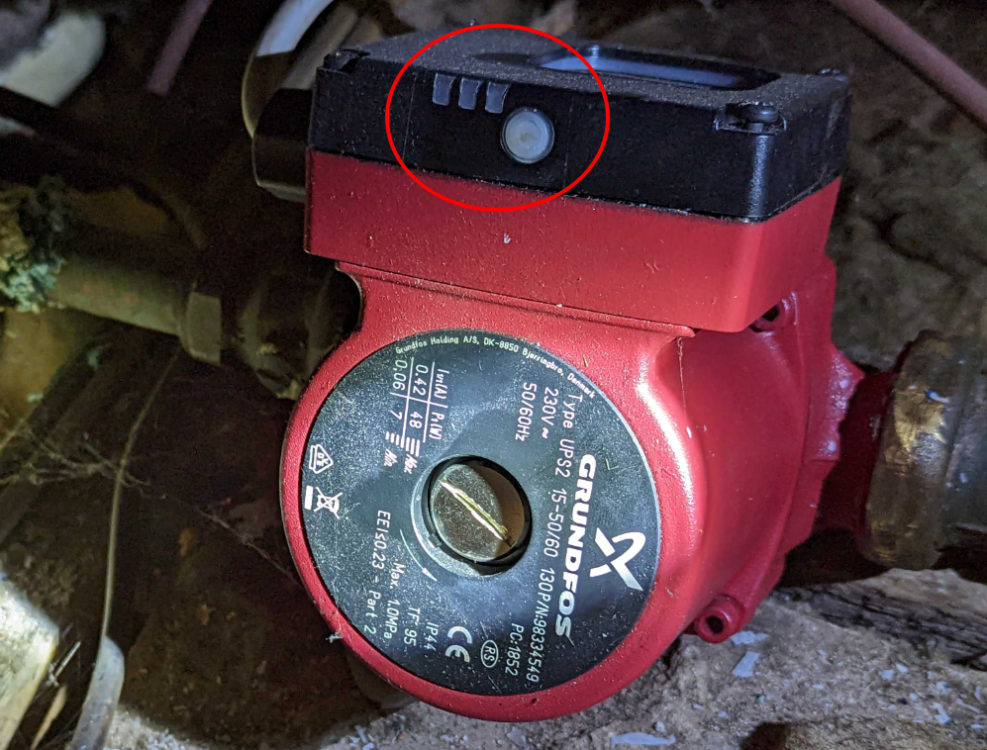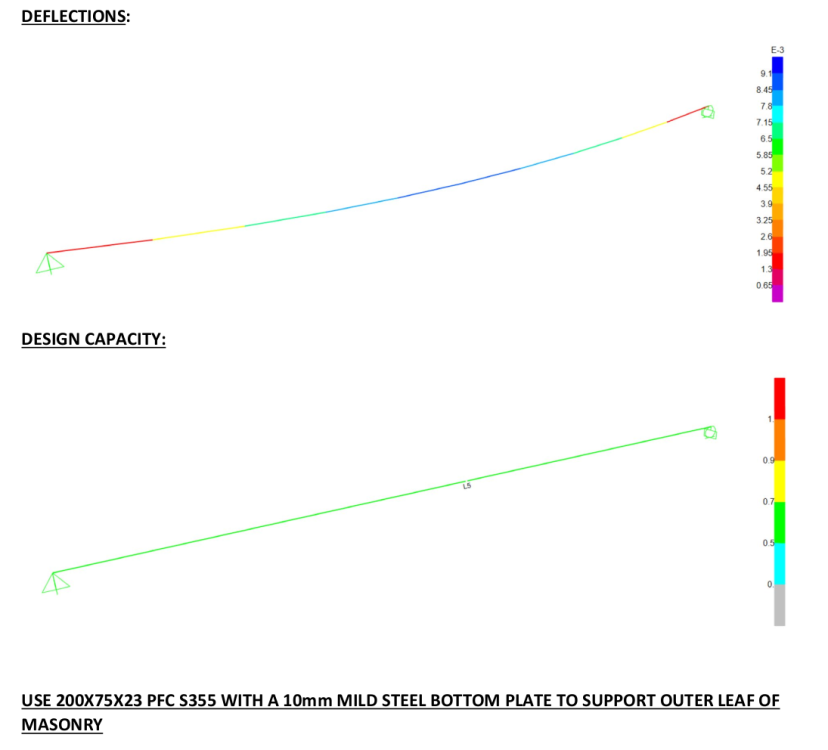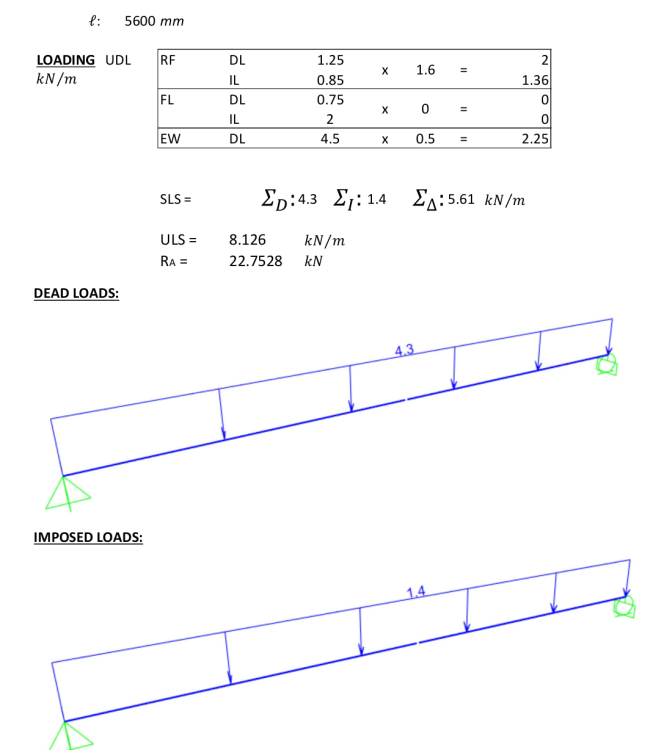
DannyG
Members-
Posts
22 -
Joined
-
Last visited
Everything posted by DannyG
-
Hi all I see a few threads talking about single room MVHR and lots of threads covering whole house MVHR but what would you recommend for something in-between? We'll have a single-story garden room that was originally to be connected to the main house via internal walkway (and also to the house MVHR) but due to the need to reduce costs this will now be a standalone building and need it's own ventilation. The building will be around 45m2 in total and comprise of an office, a gym and a small WC. I'll be spending 40+ hours a week in the office so want good air quality, else I'd probably just opt for trickle vents. What would be your go-to ventilation setup in this scenario? I was contemplating 3 x single room MVHR units but it seems these can be fairly noisy (similar to a typical WC extractor fan) and I'm also assuming the 3 separate units will draw a lot more power. With single system I'm also unsure of how to balance supply/extract as I'll want supply in the office and extract in the WC, but what about the gym?
-
- 1
-

-
Hi folks We were planning a masonry build (200mm cavity) with SIPs roof (warm loft/vaulted), but the cost of the roof is potentially going to be an issue. Our builder has proposed metal web posi-rafters with blown cellulose as a cheaper alternative - which seems like a good combination. However, as we were planning on blown EPS beads in the wall cavities, it seems a bit silly to have two different teams on site doing essentially the same thing. So, what are the thoughts on either blown cellulose in the cavity or blown beads in the roof? Is there any reason this use-case is not really mentioned on most of the manufacturer websites offering these products? Thanks.
-
He's not my builder and won't be working on the project in any capacity so there's no bias in that sense.
-
This would be outside the airtight layer though surely? I'm not concerned about them getting into the house, but bringing soil into the cavity would, I'm guessing, not be a good situation. I think maybe the examples he's heard of are either Chinese whispers or due to the PVC mix not being correct during installation.
-
A friend (a builder) is trying to persuade me not go down the blown bead cavity insulation route. He claims that ant infestations are very common and that they bring soil into the cavity ultimately causing damp problems. Is this really that common? We have a lot of ant nests in our garden, every year I probably get rid of 10-20 of them from the lawn alone so this concerns me greatly.
-
We're also going brick & block and we're planning to use liquid vapour membrane (passive purple airtight paint) on all internal blockwork of external walls as well as the first 1-2 metres of any adjoining internal block walls followed by wet plaster. We'll also brush on passive purple anywhere walls/floors meet and around joists, inside chases, etc.
-
Grundfos UPS2 speed selector not working
DannyG replied to DannyG's topic in Central Heating (Radiators)
@ProDave Yep it had power, that was the first thing I checked. New pump now fitted and all rads heating up nicely. -
Grundfos UPS2 speed selector not working
DannyG replied to DannyG's topic in Central Heating (Radiators)
On further investigation it looks like the pump is not working at all and perhaps never has. I'm perplexed at how the whole house apart from two radiators have been getting heat for the last few winters! New pump incoming. -
Grundfos UPS2 speed selector not working
DannyG replied to DannyG's topic in Central Heating (Radiators)
Yes the rads have been bled and I've taken the thermostatic valves off and checked the pins are moving freely. The room not heating well is in a fairly old extension that hasn't been used for a few years besides for storage (extra baby has required it become a bedroom over the summer). It never got warm in there but it wasn't an issue previously. -
Grundfos UPS2 speed selector not working
DannyG replied to DannyG's topic in Central Heating (Radiators)
No idea if it ever worked, this is the first time I've looked at it. I just assumed the pump must be working as we're getting heat to the other rads. I'll call a plumber tomorrow. -
Hi all As the colder weather has hit and the heating has come on a couple of times, I've noticed a couple of the furthest radiators are not heating up very well. I went to turn up the pump speed but noticed the selector button isn't working at all (no lights are even on). The pump is obviously working though as we're getting heat to the rest of the rads, which is odd. Any idea as to to why this might be?
-
It's a 200mm cavity (400mm total wall width), so I guess I best query that. Sliding doors rather than bifolds, I've attached the relevant bits of the calculations. Thanks - I best raise this with the architect then to ensure we have the space to add this detail.
-
Hi Folks We have a few large spans (5m) and my SE has specified steel lintels resting on the inner block leaf with a 10mm bottom plate spanning the 200mm cavity to the outer brick leaf. I raised this with my architect as I'm concerned about it being a cold bridge and his reply was that it was standard detail and unavoidable. Is this the case? I appreciate this is a large span and we might well be stuck without another option but I also think they're fed up with me querying everything so might just be fobbing me off 😳 On the smaller spans such as windows, the SE has detailed catnic thermally broken lintels. Before we sign off, is this the best option here? I've seen some threads talking about using prestressed concrete instead as it's much cheaper but I'm not entirely sure how that would work... would there also be a steel on the inner leaf and they're just not connected? If so, what's the general method of closing the cavity? Thanks!
-
Not a retaining wall, just the external walls of our house. The 450mm section is single story with the 2-story section having 600mm wide and all are 1500mm deep.
-
Thanks all, I'll query this with our SE.
-
Hi all Our proposed build has 400mm wide masonry walls (200mm cavity) but I've just received the plans back from our structural engineer and he's specified just 450mm wide foundations in some places. This seems like a very tight tolerance to me and would need to be dug very accurately, is this normal? I was expecting 700mm all round. We're on clay down as far as we checked (15m). Thanks Dan
-
Thanks both. I don't see any issues with getting a new application passed given that it's smaller but wanted to try and avoid the time delay. I wonder if we could just start building and then go for retrospective permission?
-
Hi all We have full planning permission for a fairly large (340m2) house but due to the current economic situation have decided to reduce the size of the property by around 50m2 by removing one room downstairs and making all the upstairs bedrooms smaller. The amended house will sit entirely within the footprint of the approved design and look identical apart from obviously being smaller in both width and depth. Will we need to go back through the planning process as a new application or would this be considered non-material?
-
@Dreadnaught thanks, I'd be interested to know what your total cost per m2 came out at with the screw piles and raft.
-
Peace of mind really and also that air tight = bug tight. In my current house we had a bad ant infestation a couple of years ago where they had found a route in through a cracked block and then a small tear in the dpm so this probably weighs on me more than it should! My main concern though is the cold void and needing to ventilate it (99% of what I read seems to suggest we really want to avoid this if at all possible).
-
Also just came across a third option: "insulated precast concrete units" (spantherm specifically), which seems to be a drop-in replacement for B&B. Would be interested to know members opinions.
-
Hi all Due to our ground conditions (clay and nearby trees) our structural engineer has said we need a suspended floor and has specified traditional beam and block (we're going with a masonry build). I was really set on having a poured reinforced concrete slab so this is very disappointing . My main concerns are obviously the cold void underneath sucking heat away, lack of intrinsic airtightness in the blocks and also the "hollow" noise issue which I've had in previous houses with suspended floors. From looking around the forum I can see two potential options but I'm not sure how viable they would be in terms of cost and performance: 1. Insulated beam and block system like readytherm - we'd still have the void but the beams will be insulated and I assume this would also provide some sound proofing too. Would we still need a layer of PIR on top of the beams if using this? 2. Slab on top of Cellcore (https://cordek.com/products/cellcore-hx-plus) - this seems like it would completely solve our issue and allow us to continue with poured concrete. I'm not sure why my SE was adamant that there was no other option than traditional B&B when there clearly is but I don't want to go back to him with suggestions if these are deemed to be poor solutions. Edit: does Cellcore get tied into the slab somehow? I'm wondering what happens if the ground sinks rather than heaves and pulls it away from the slab.



